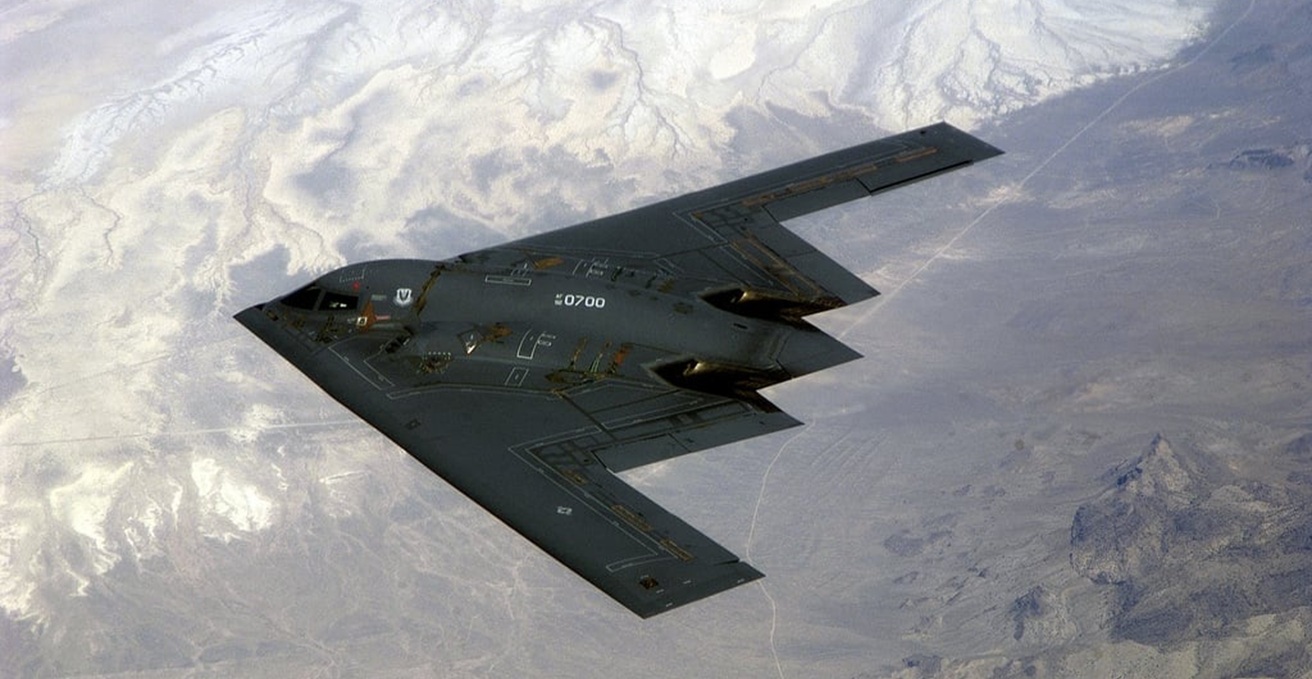The assault on Iran is less about nuclear urgency and more about political necessity. For Netanyahu, existential conflict abroad means political survival at home.
On 13 June 2025, Israel launched a high-profile airstrike campaign deep into Iranian territory, targeting nuclear facilities such as Natanz and Fordow, as well as senior IRGC commanders and Iran nuclear scientists. It can be considered the most overt and aggressive action in the history of the Israel–Iran shadow war. While framed by Tel Aviv as a necessary preemptive strike to halt Iran’s nuclear progress, a closer examination reveals that the timing, scale, and political context point to a much deeper set of motives; both domestic and geopolitical.
Netanyahu’s war for survival
The strike came just 24 hours after Prime Minister Benjamin Netanyahu narrowly survived a no-confidence vote in the Knesset. He faces corruption charges, economic decline, and rising domestic anger over the Gaza war and failure to return hostages. With his political position weak, Netanyahu turned to an old tactic: create a major external crisis to shift attention away from domestic problems.
Like earlier campaigns in Gaza and Lebanon, this confrontation with Iran has been instrumentalised to mobilise nationalistic sentiment. Israel’s Defense Minister openly declared that Tehran would “pay a collective price,” making it clear that this war is not simply tactical; it is punitive. The logic mirrors past actions: Hamas, Hezbollah, and now Iran are all cast as existential enemies to sustain internal cohesion and delay political reckoning.
Crucially, the strikes occurred just two days before Iran was scheduled to resume nuclear negotiations with the United States. The goal, then, was not merely disruption; it was derailment. By forcing a return to militarised confrontation, Netanyahu recast diplomacy as appeasement and reasserted Israel’s primacy in shaping regional outcomes.
In this frame, the assault on Iran is less about nuclear urgency and more about political necessity. For Netanyahu, existential conflict abroad means political survival at home. While Israel initiated the strikes, the Trump administration, though publicly backing Israel’s right to self-defence, remained wary of being pulled into a broader regional war.
Why Iran Is not Iraq
President Donald Trump’s engagement with the Israel–Iran confrontation followed a familiar three-phase sequence: strategic ambiguity, selective force projection, and rapid disengagement. When Israel reportedly floated the idea of assassinating Supreme Leader Ayatollah Khamenei, Washington firmly rejected it, not out of moral restraint, but to avoid triggering a regional conflagration that could have engulfed multiple fronts from Lebanon to the Gulf. Khamenei is not just a political leader; he is a marja’iyya; a source religious authority. Killing him could have set off coordinated retaliation from Iranian allies across Lebanon, Iraq, Syria, and the Gulf.
While Trump publicly invoked a “two-week review”; a tactic he often uses to buy time and manage domestic optics, the US military quietly surged strategic enablers: aerial refuelers, B-2 stealth bombers, and bunker-busting GBU-57 munitions. The goal was clear, to enable the US to do what Israel could not: strike Iran’s deeply buried nuclear facilities at Fordow, Natanz, and Isfahan.
Operation Midnight Hammer was launched on 22 June. While Trump claimed it was a “spectacular success,” reports showed that Iran had moved key nuclear material and equipment in advance. The strikes damaged surface buildings and entrances but did not destroy Iran’s core nuclear capacity. The operation disrupted, but did not eliminate, Iran’s nuclear progress.
Just three days after the strikes, Trump announced a unilateral ceasefire; branding it the conclusion of what he called the “12-Day War.” No negotiation, no formal diplomatic framework, just a declaration. It was classic Trump: escalate fast, act decisively, then disengage before costs mount. The move signalled a desire to reassert American dominance without becoming entangled in a prolonged conflict.
What is clear is that the United States chose tactical disruption over long-term engagement. And behind that choice lies an old lesson. For many in Washington, the memory of the 2003 Iraq War hangs heavily over the current crisis. If Iraq, with its relatively weaker military, fragmented society, and lower industrial capacity, was able to trap US forces in a long, costly conflict, Iran would be an even harder challenge.
Iran is not Iraq. Its military doctrine is more adaptive, its political system ideologically cohesive, and its regional reach far broader. From Hezbollah in Lebanon to the Popular Mobilization Forces (PMF) in Iraq, Iran has constructed a resilient deterrence architecture; hardened by lessons from the US occupation of Iraq. Unlike pre-2003 Iraq, Iran commands a deeply rooted strategic presence: asymmetric warfare capabilities, a sophisticated ballistic missile arsenal, and influence over multiple non-state actors. Critically, Tehran’s strategic depth in Iraq means that any escalation risks immediate spillover into Baghdad, endangering US personnel and further destabilising Iraq’s fragile political equilibrium.
The Iraq War is no longer a historical reference; it is the lens through which both Washington and Tehran calculate costs, red lines, and long-term implications. Trump’s delay may reflect prudence, but it also reflects fear—fear that one wrong move could turn this into a generational war with no clear exit.
Iran’s strategic turn after the strikes
If the past twelve days were meant to deter Iran’s nuclear ambitions, the opposite appears to be unfolding. Rather than coercing Tehran into compliance, the joint Israeli–US strikes have only hardened the Islamic Republic’s resolve to pursue a full nuclear deterrent. Calls from within the Iranian Majles to withdraw from the Non-Proliferation Treaty (NPT) are growing louder; threatening to remove the last layer of international oversight and legal restraint on uranium enrichment.
Although the exact status of Iran’s remaining military assets remains unclear, the precision of Israeli strikes likely curtailed Tehran’s ability to deliver an immediate large-scale counterattack. The war has recalibrated Iran’s security doctrine. The destruction of key nuclear infrastructure, the assassination of senior IRGC figures, and the muted global response to Iran’s measured retaliation have convinced Tehran that nuclear latency alone is no longer sufficient. A complete nuclear capability is increasingly seen not just as a bargaining chip, but as an existential shield against regime change and external coercion.
In sum, two nuclear-armed powers launched the most direct assault on Iran in modern history and yet the Islamic Republic stands. Regime change did not follow; collapse did not come. Instead, Iran has doubled down, reinforcing its deterrence posture, deepening strategic alliances, and expanding its regional influence through asymmetric means. Far from derailing Tehran’s ambitions, the strikes have only accelerated its shift, cementing nuclear capability as a central pillar of national survival.
For Netanyahu, the war served as a political shield, distracting from domestic scandal, fracturing the opposition, and enabling a temporary image of wartime leadership. But it was a gamble rooted in short-term political preservation, not strategic vision. And it has come at a price: a more unstable region, a more isolated Israel, and a more entrenched Iran.
In the end, this was not just a war over uranium enrichment. It was a war over legitimacy, deterrence, and the future of global norms. Netanyahu may have won a few headlines, but he has left behind a more fragile Israel, a more determined Iran, and a world less sure of where the lines are drawn.
Mohd Amirul Asraf Bin Othman is a Ph.D student in Political Science and International Relations at the Center for Arab & Islamic Studies (CAIS), Australian National University. His academic interests are diverse and encompass areas such as Middle East Security Studies, Regionalism, Terrorism, and Extremism, as well as the broader fields of Political Science and International Relations in the Middle East context. You can find him on social media here.
This article is published under a Creative Commons License and may be republished with attribution.





